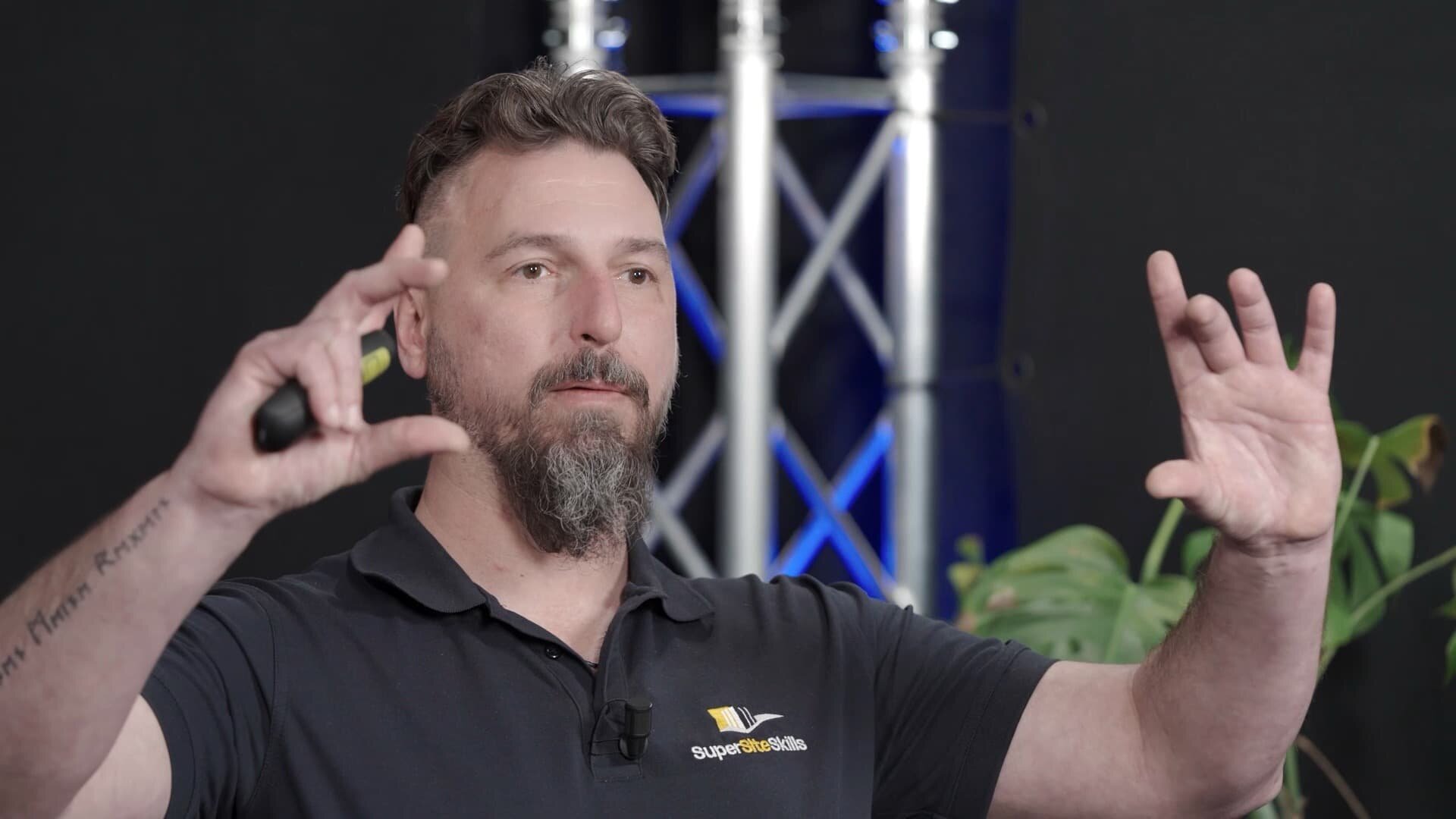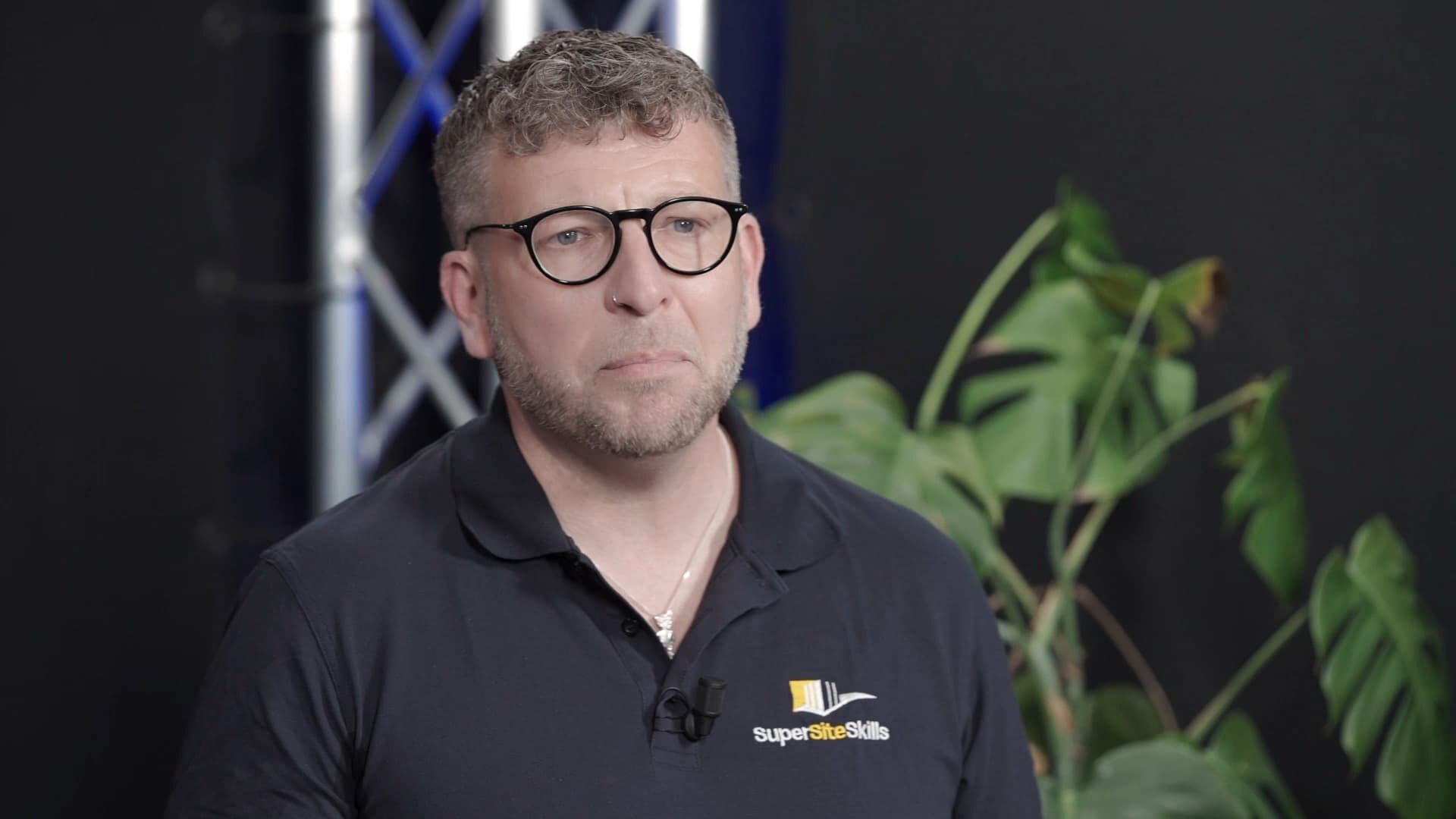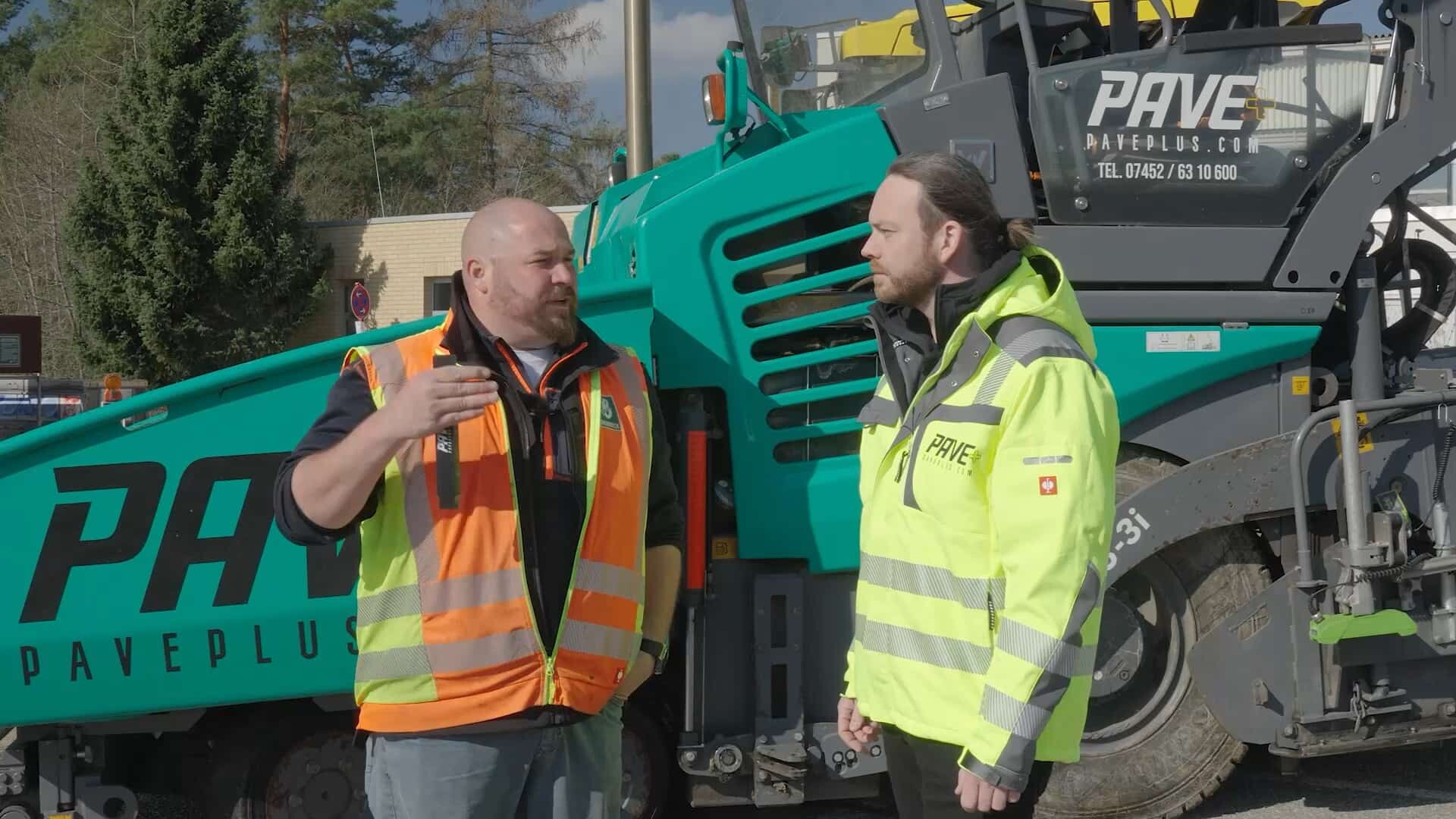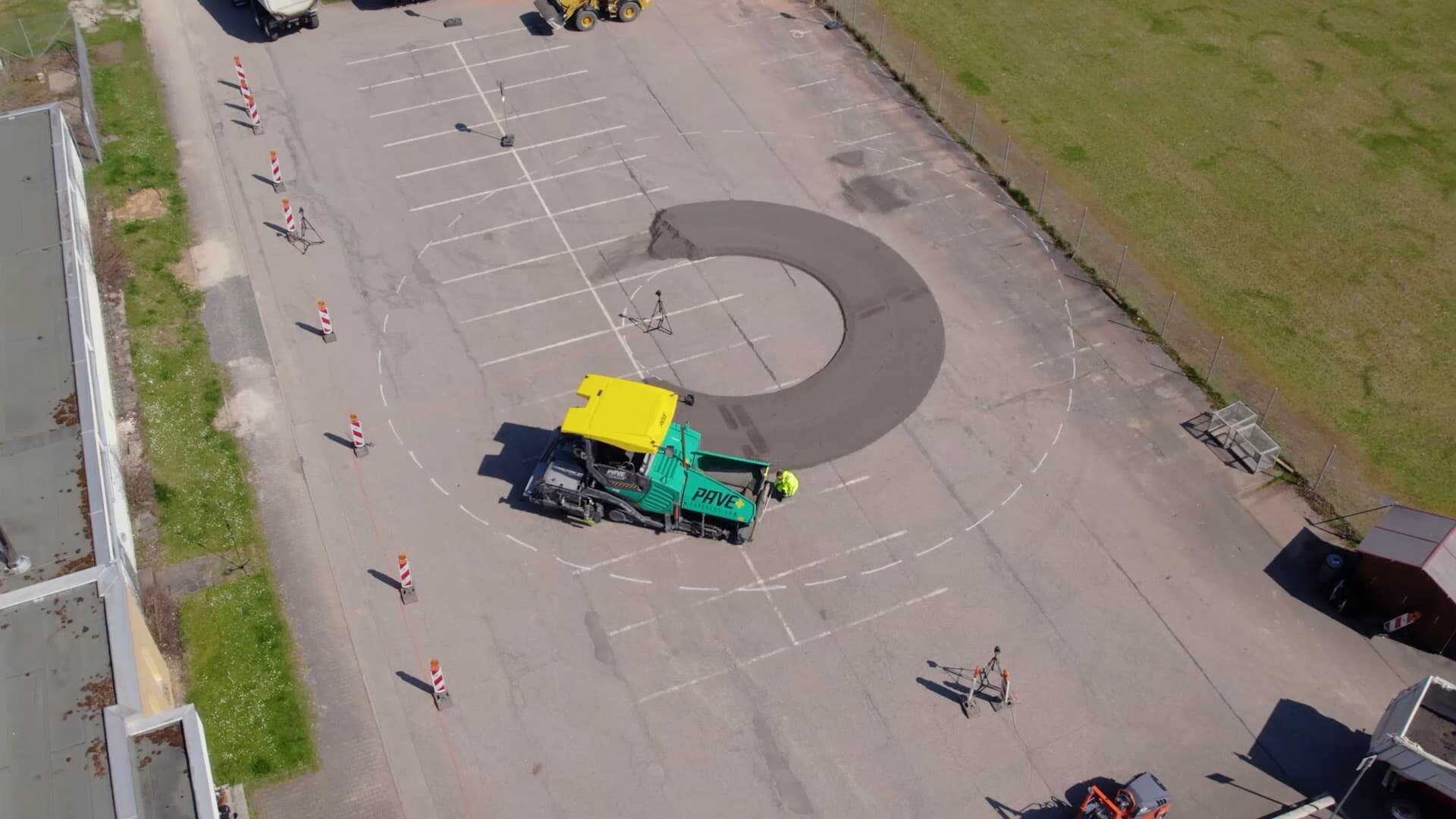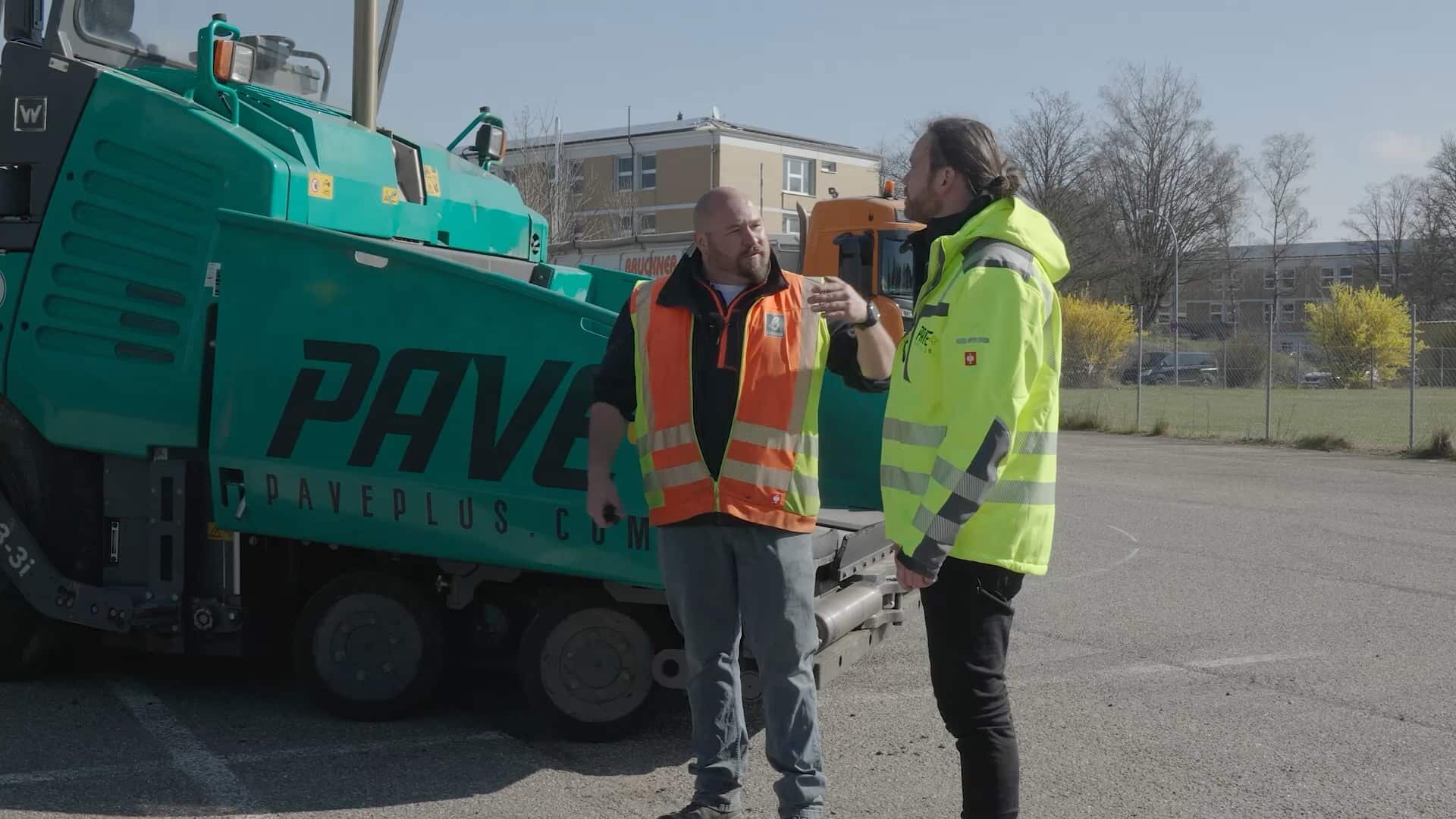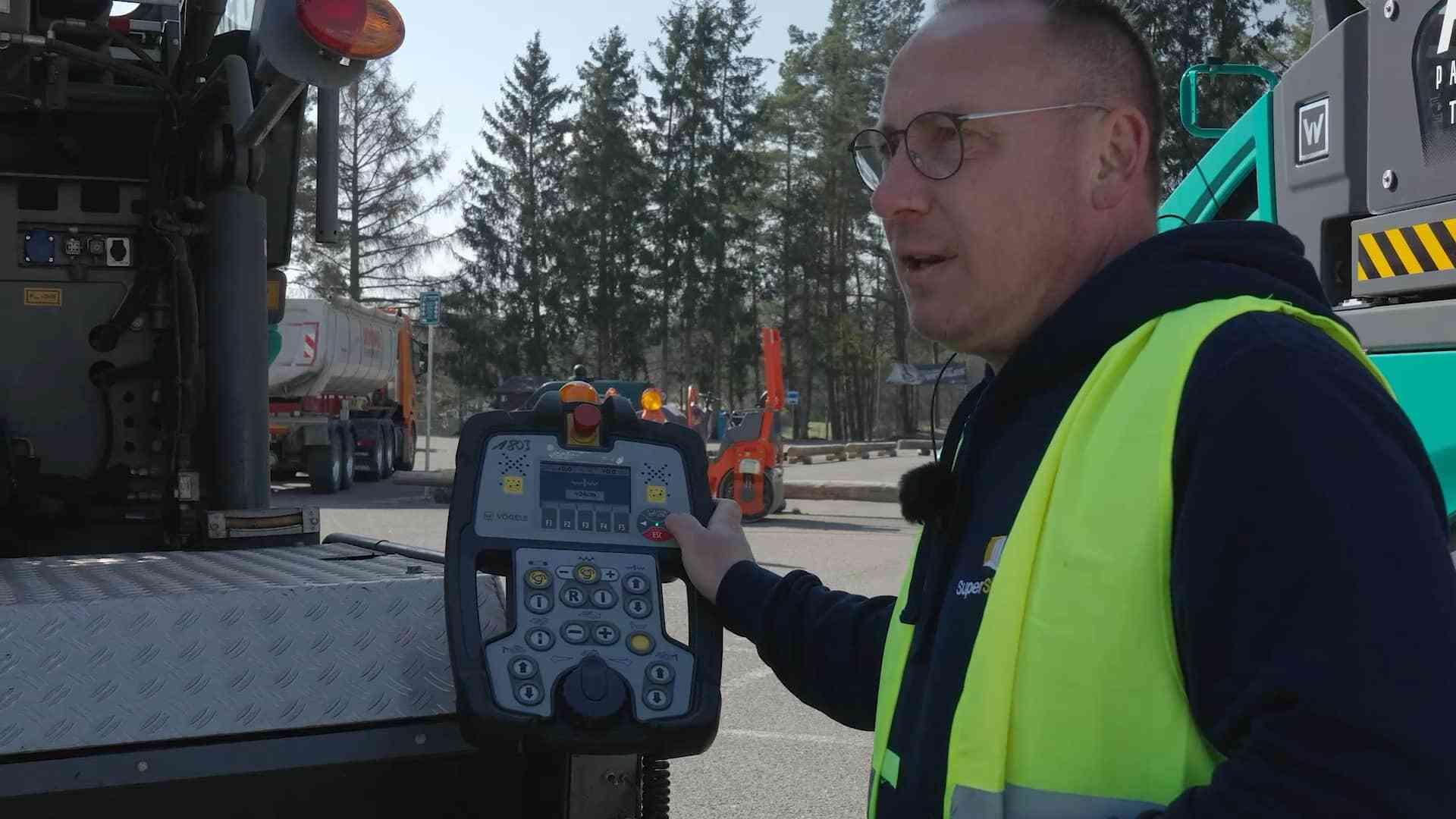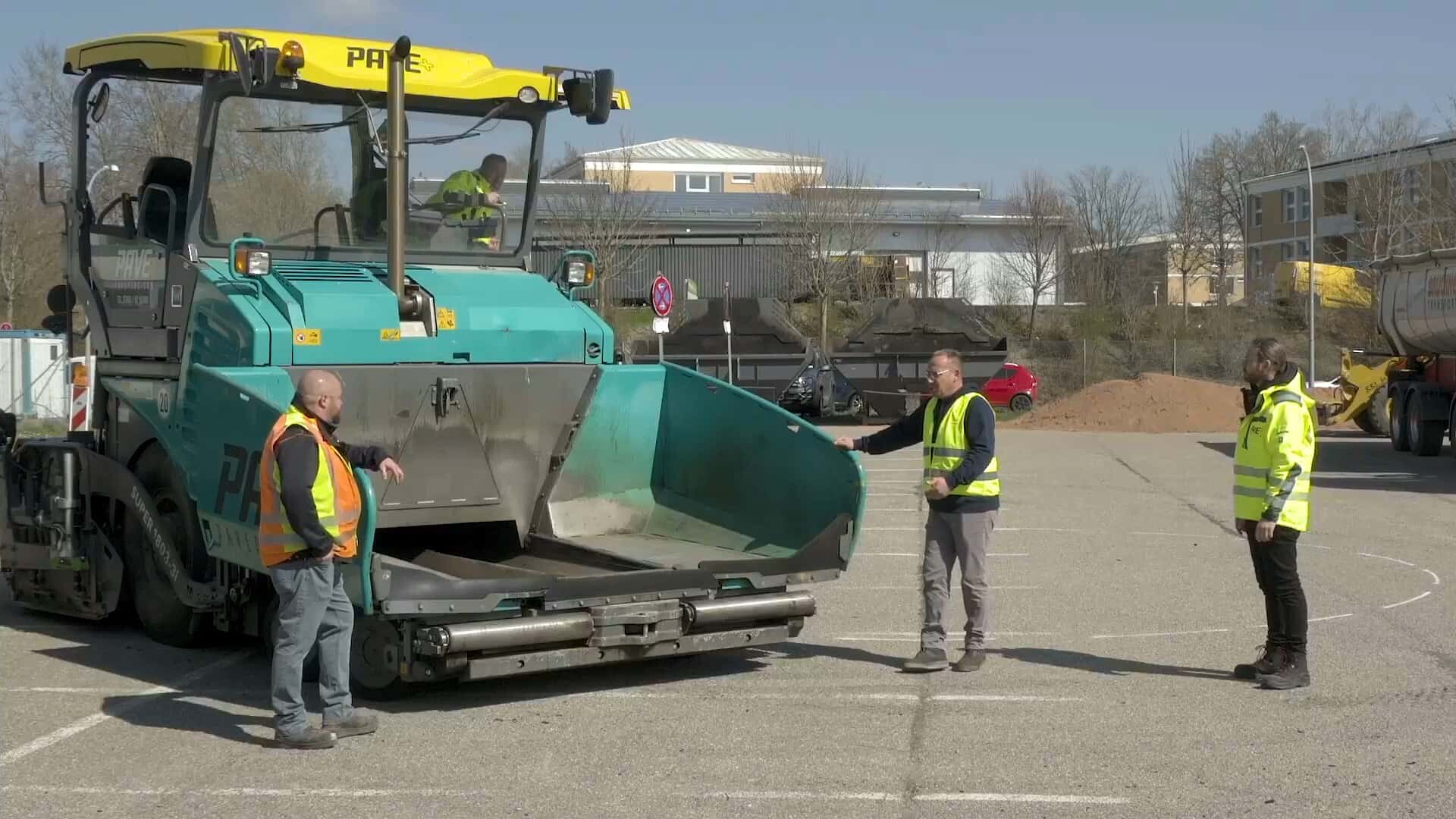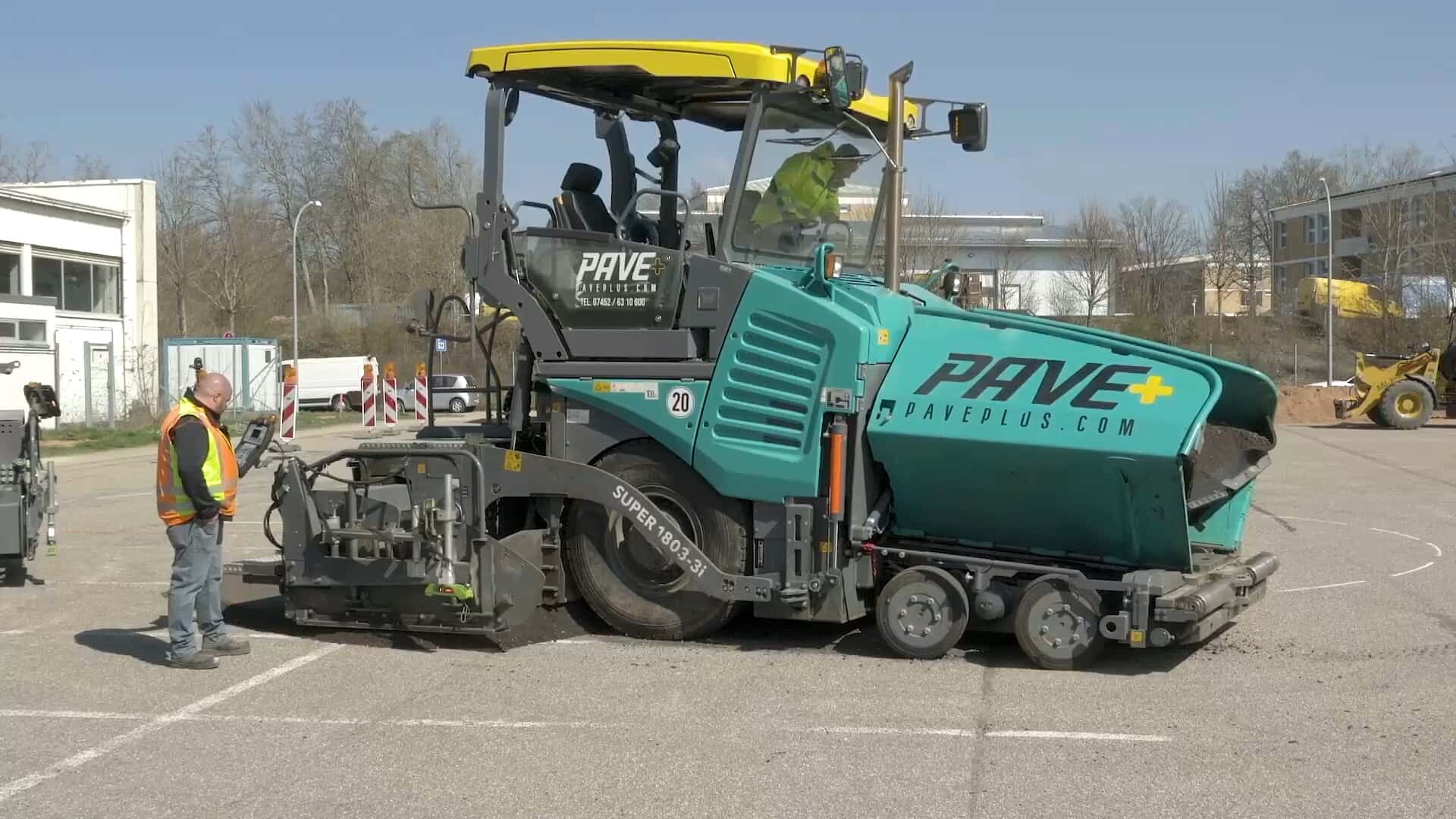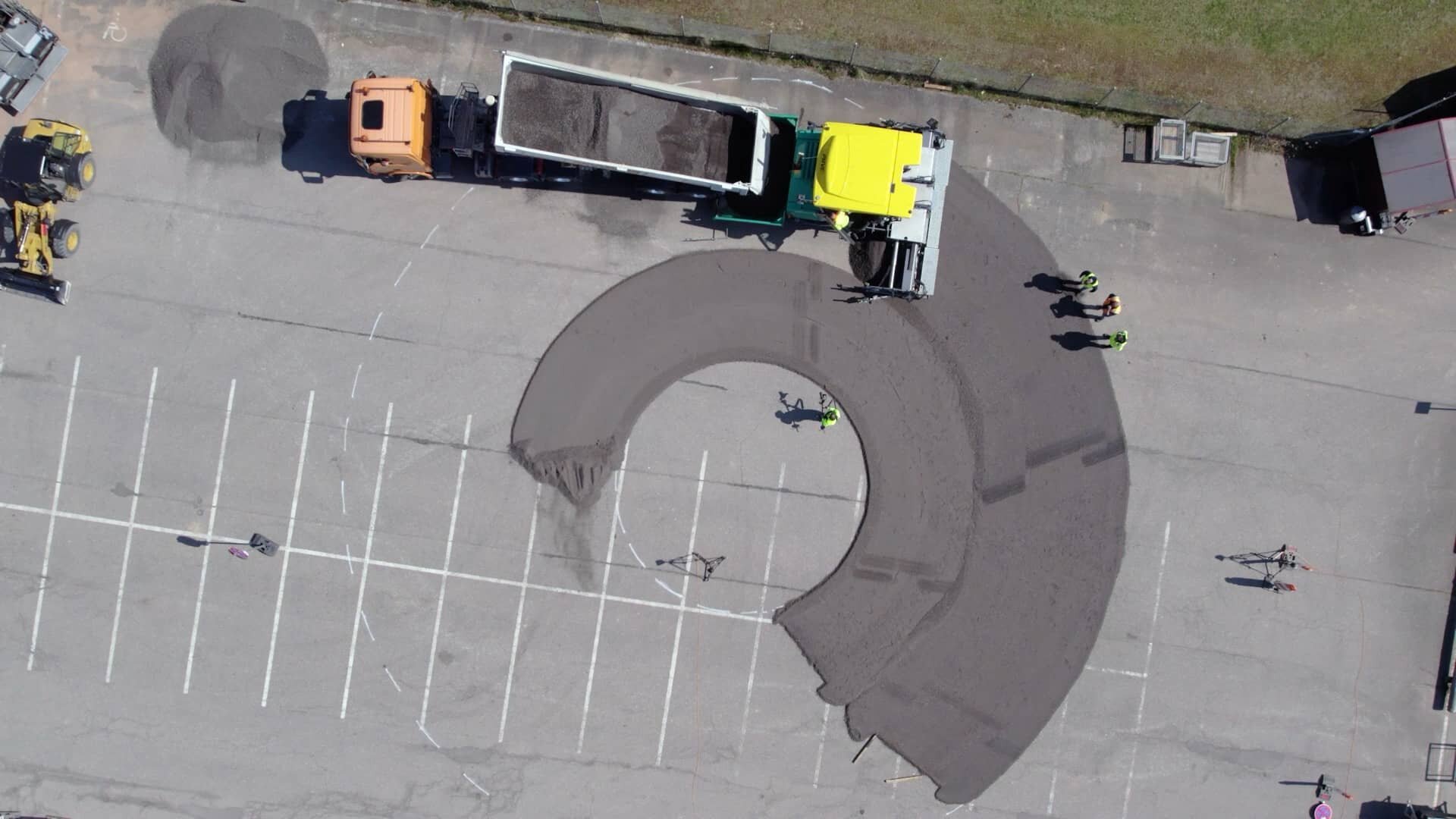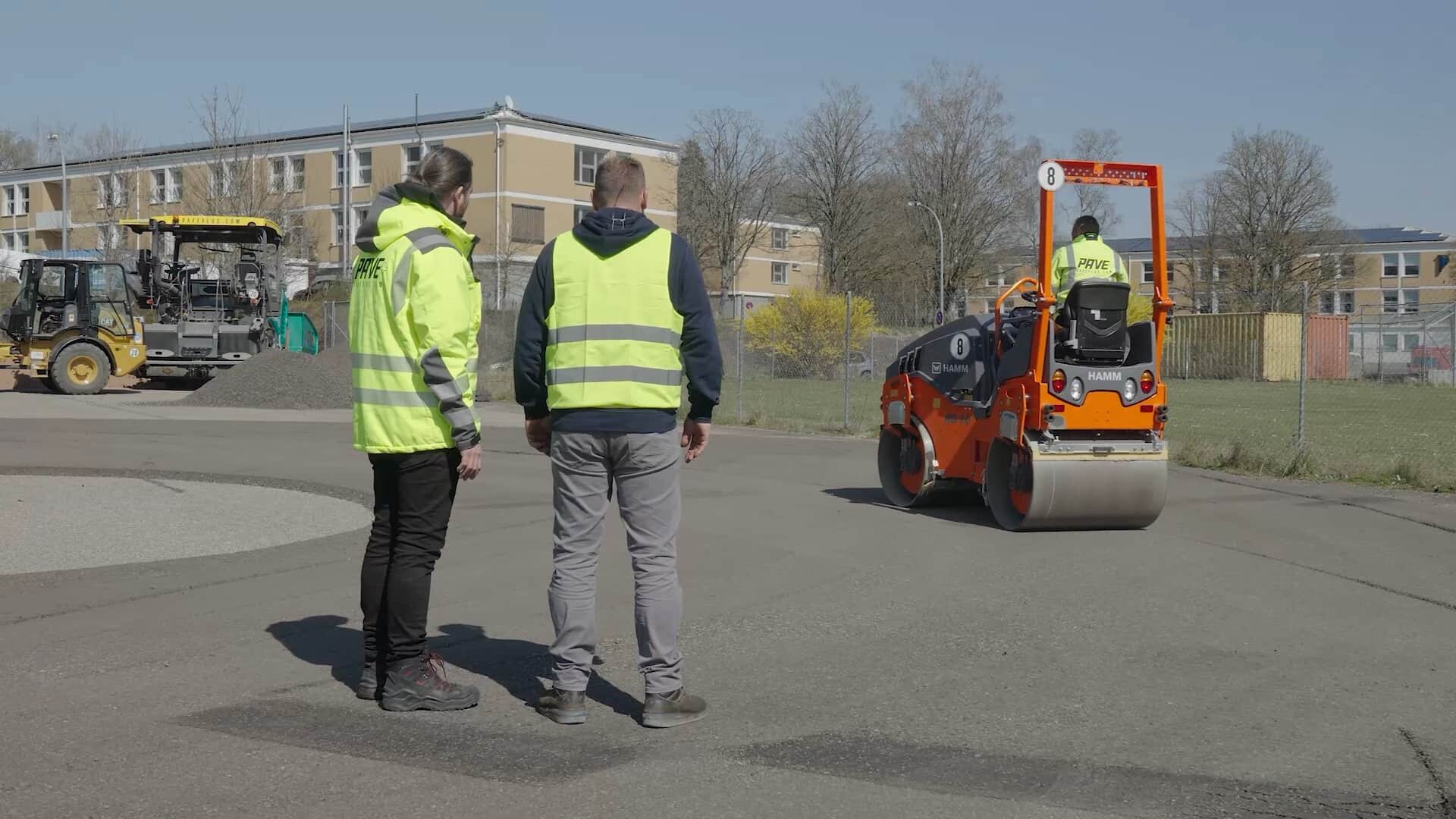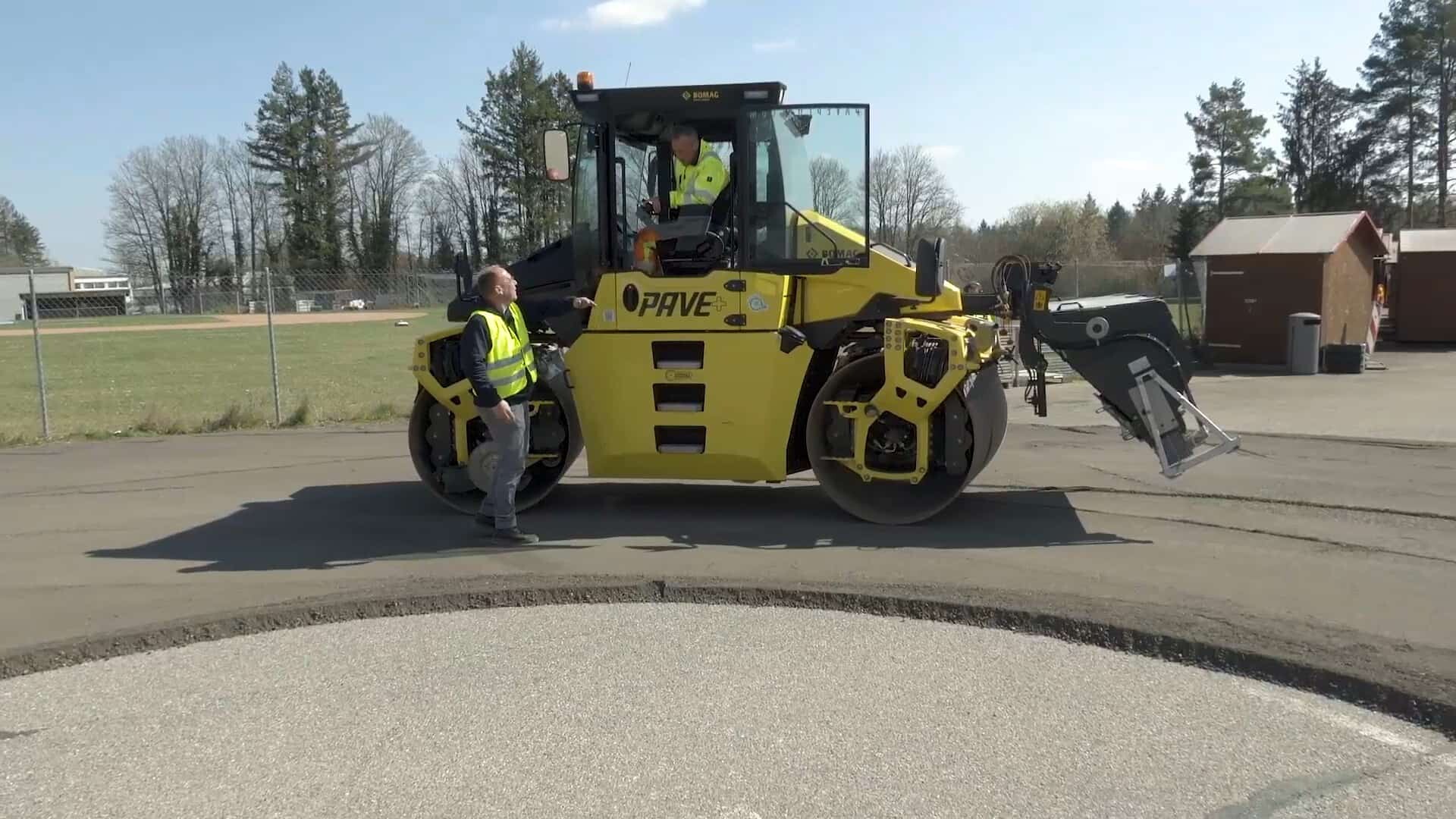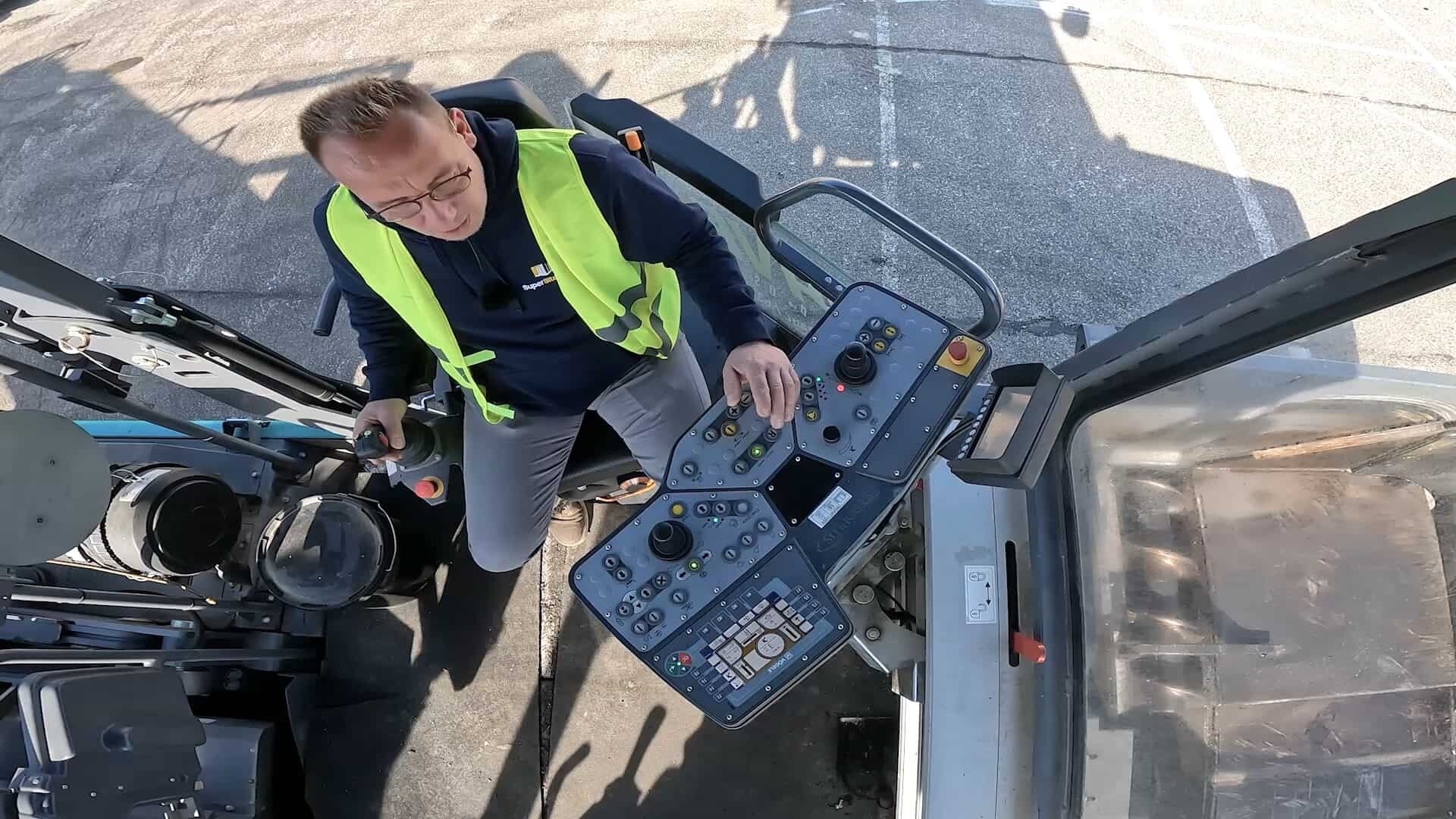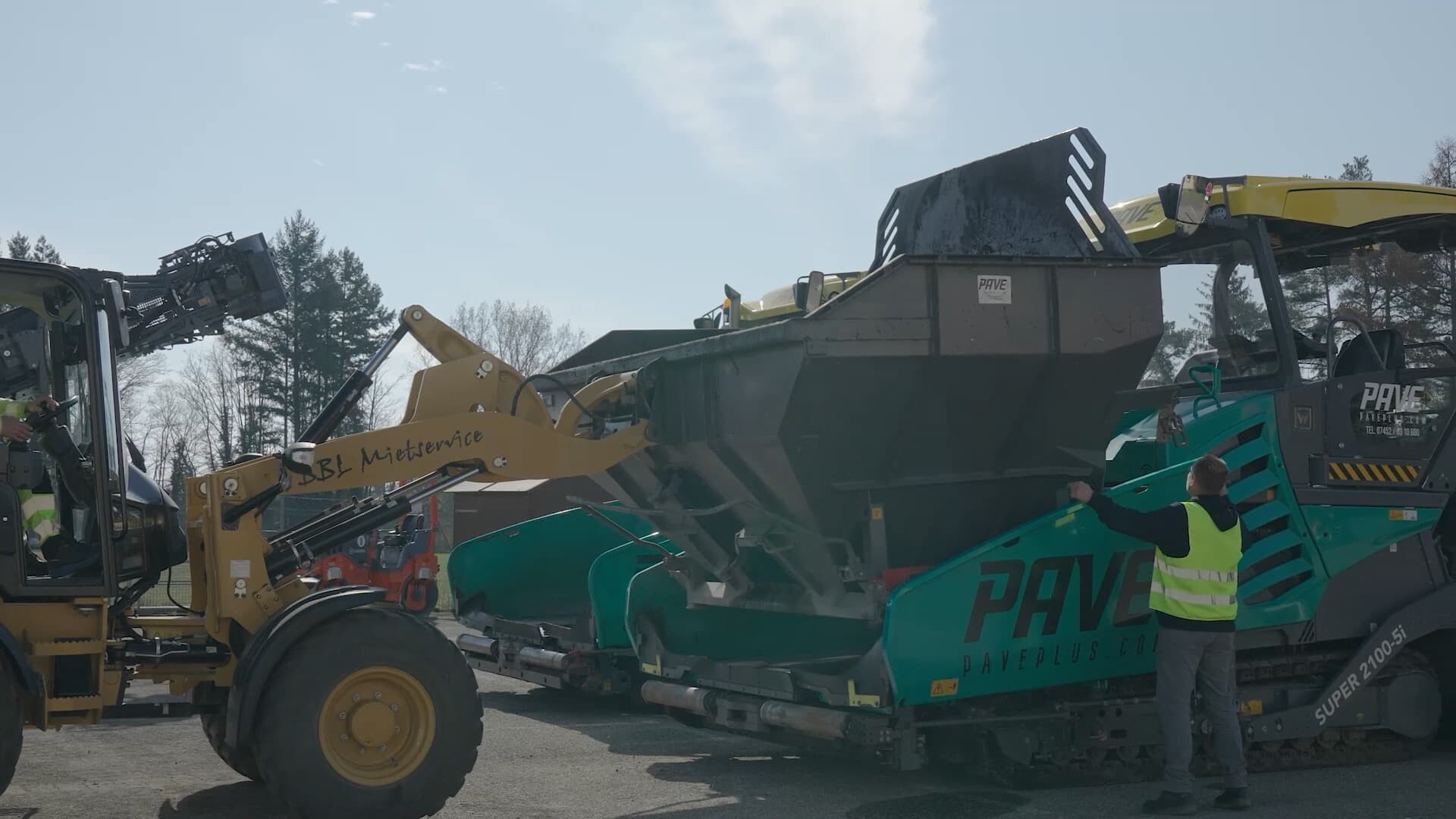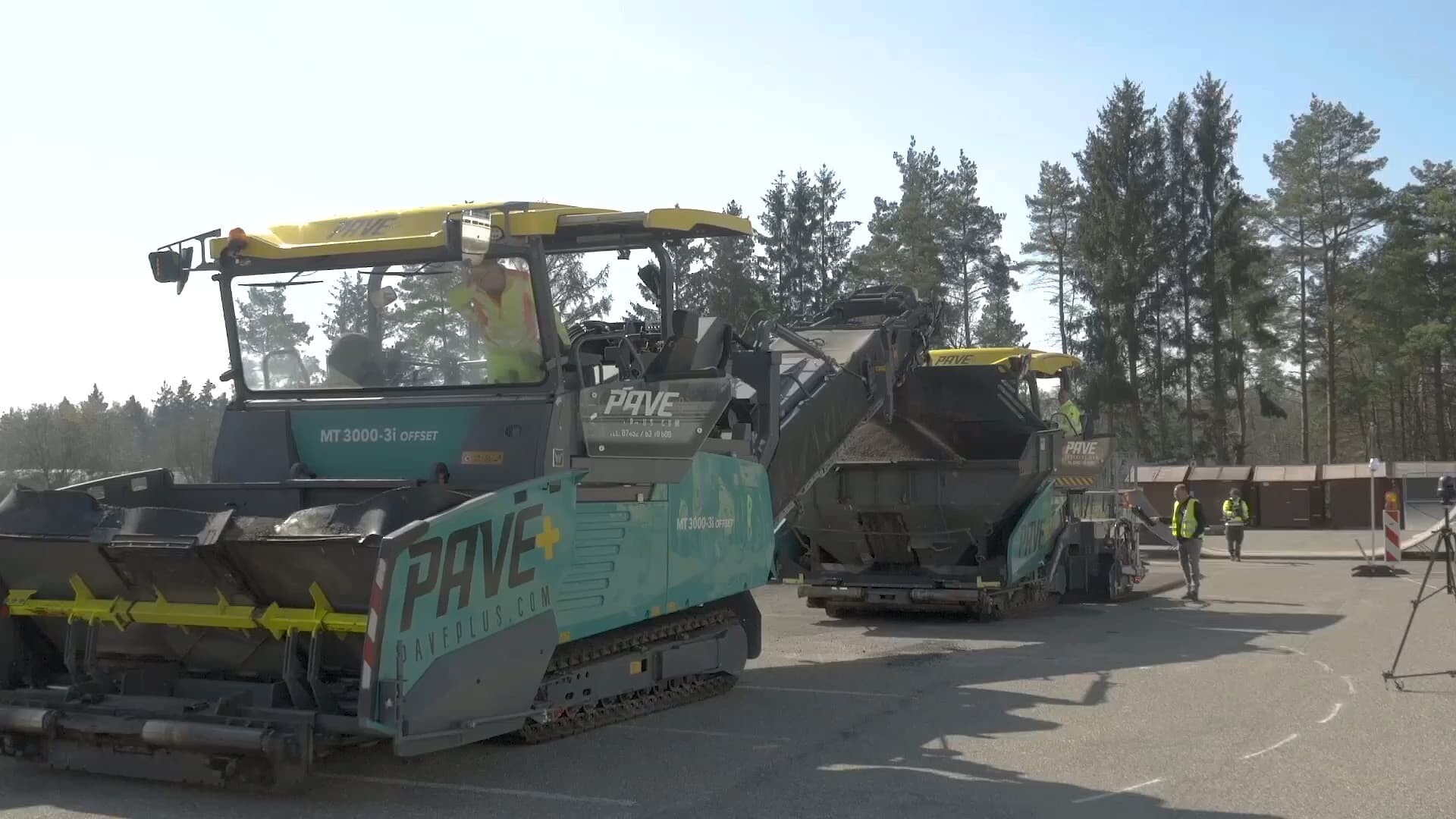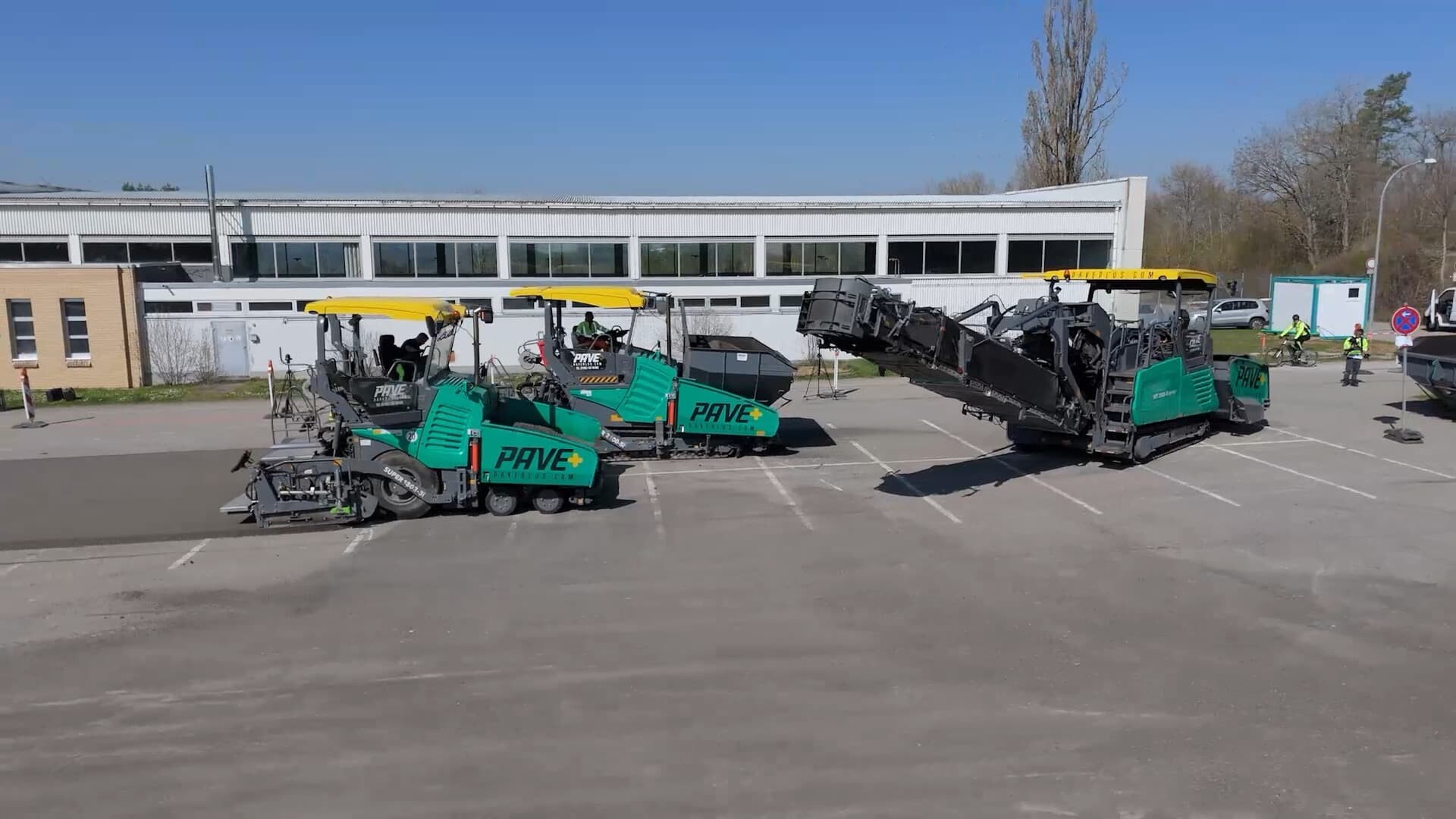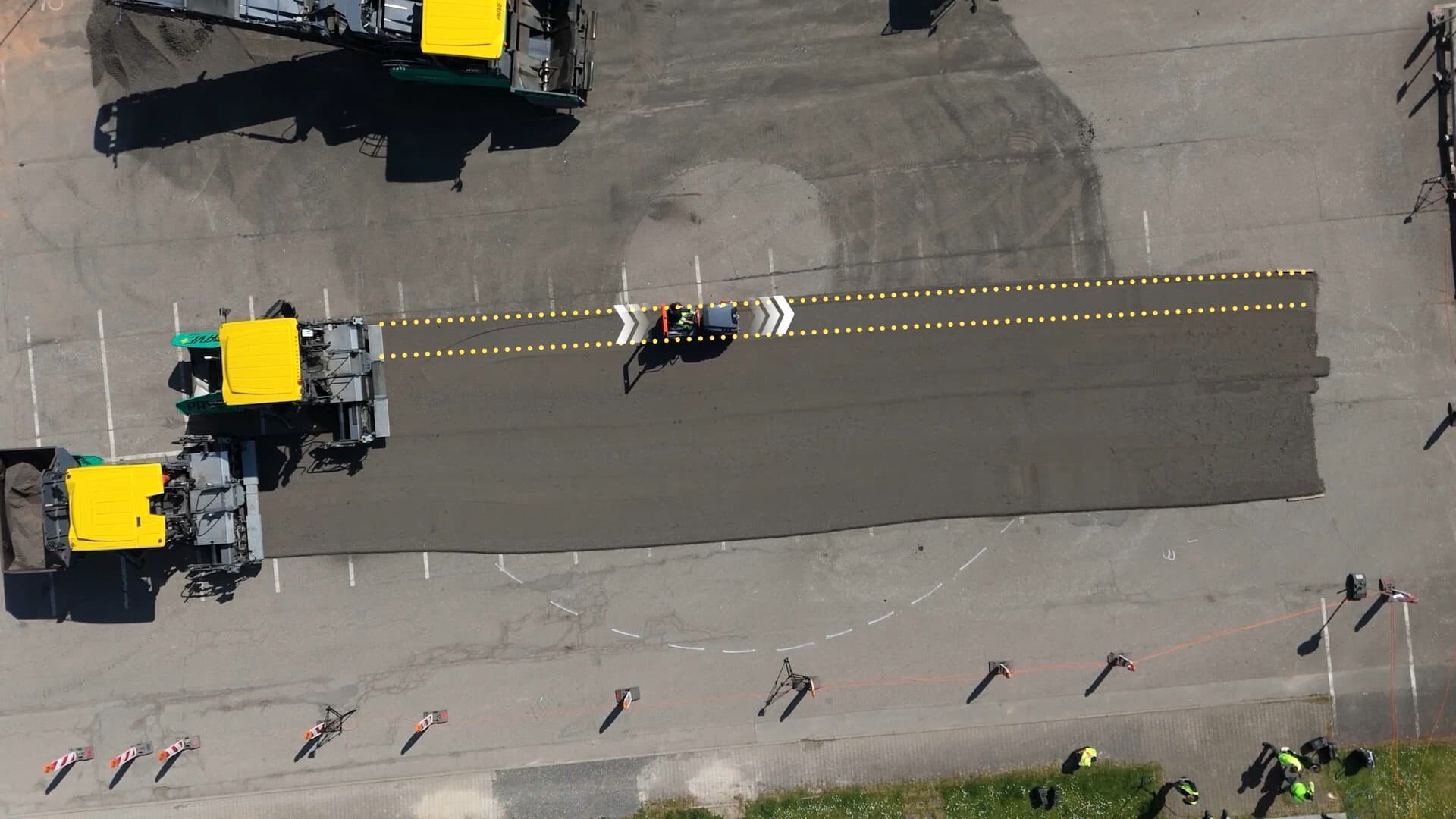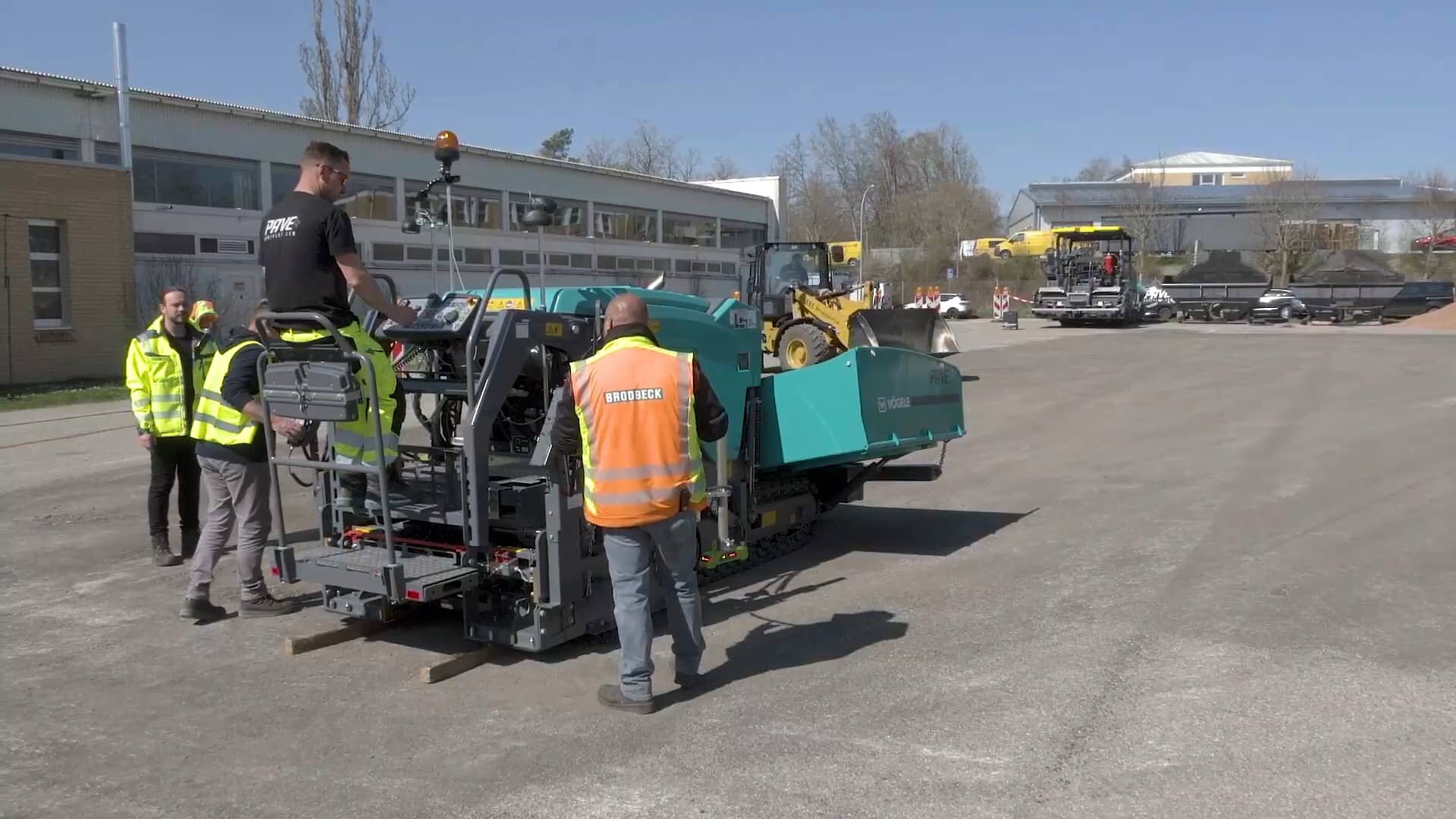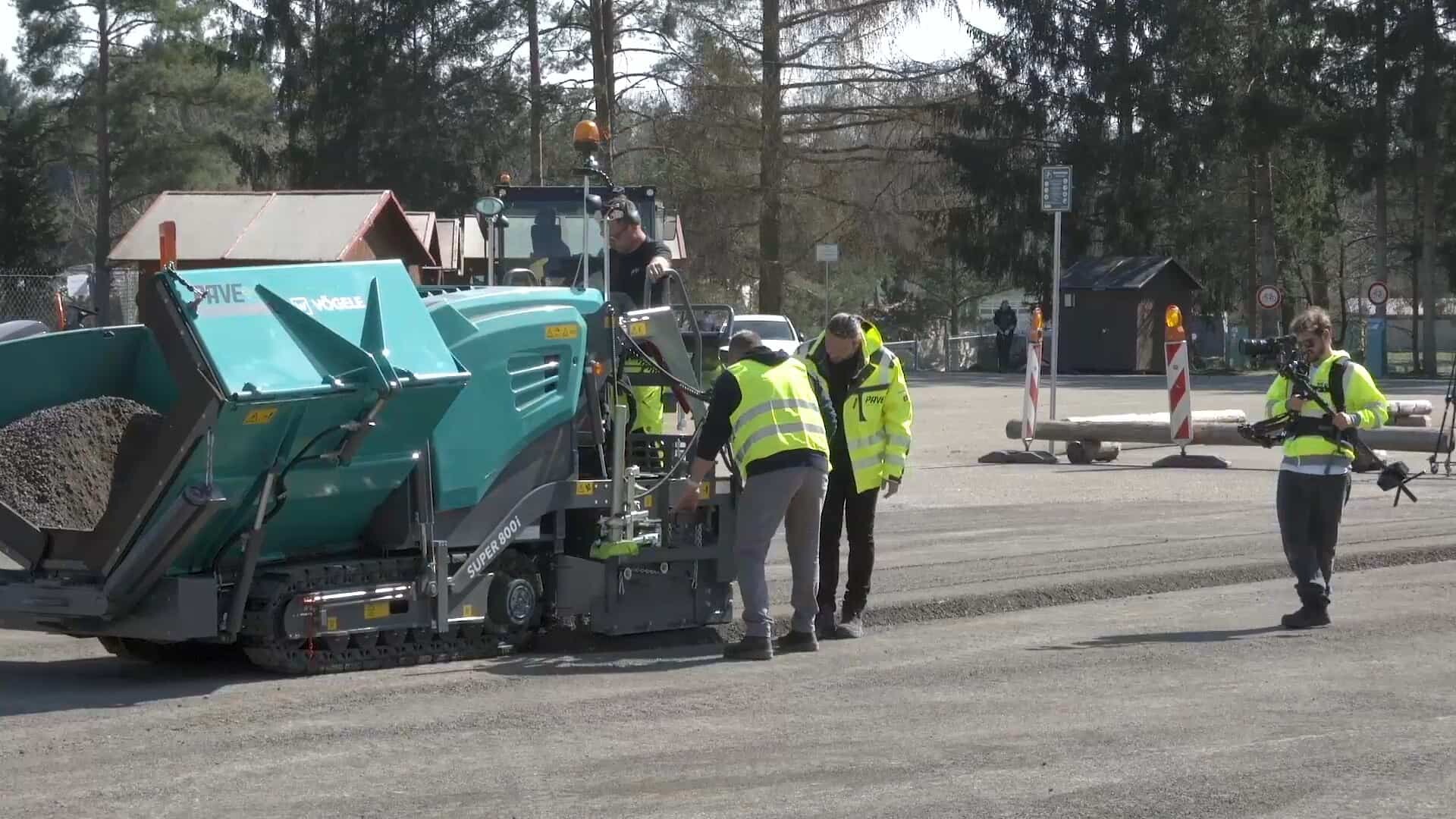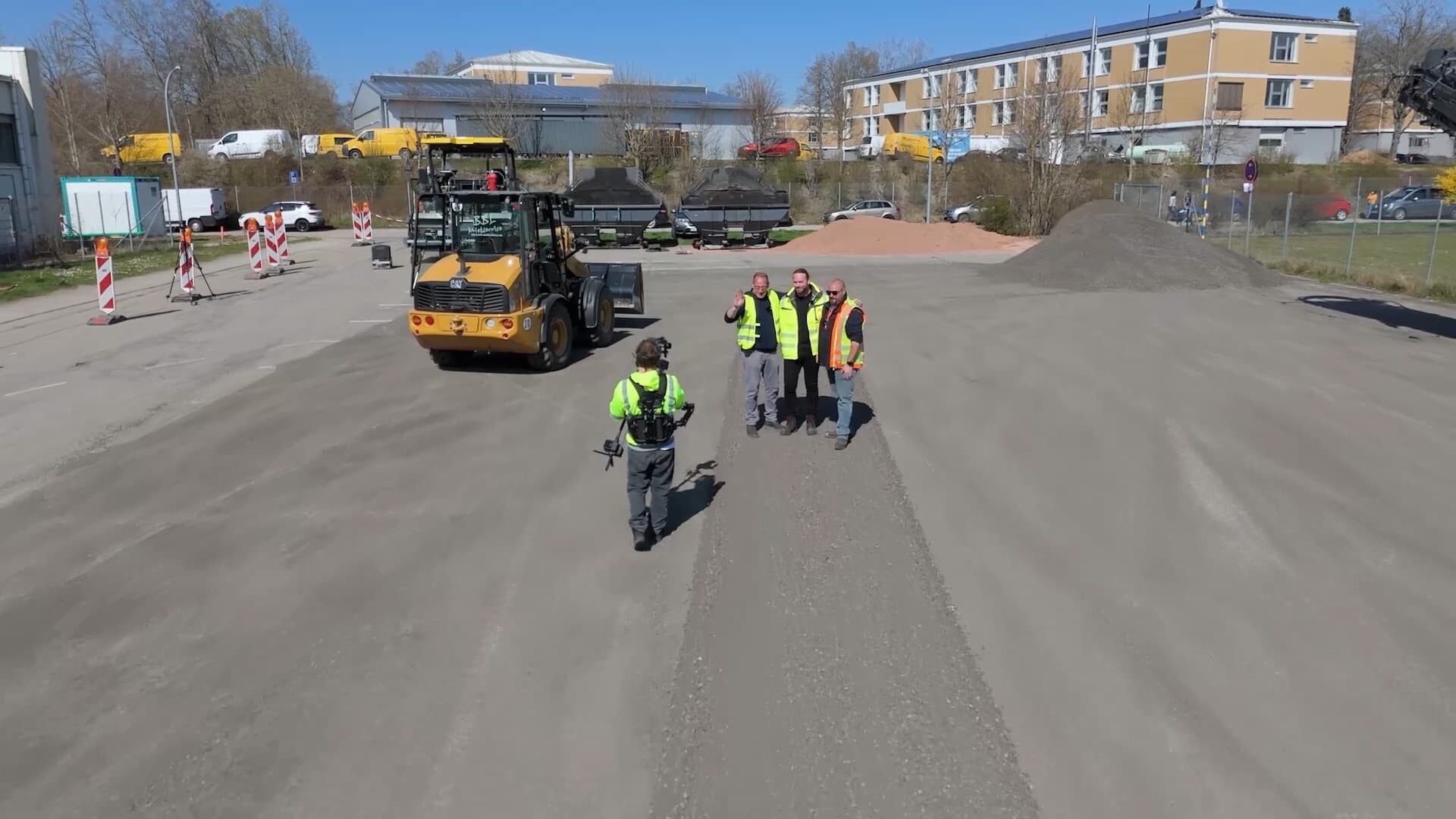Specialisation in asphalt construction
The training course provides a compact and practical insight into the process of modern asphalt paving – from roundabouts and pavements to the use of a feeder.
Only 199,00 €
(plus. 19% VAT)This training is only available as a single license for 14 days
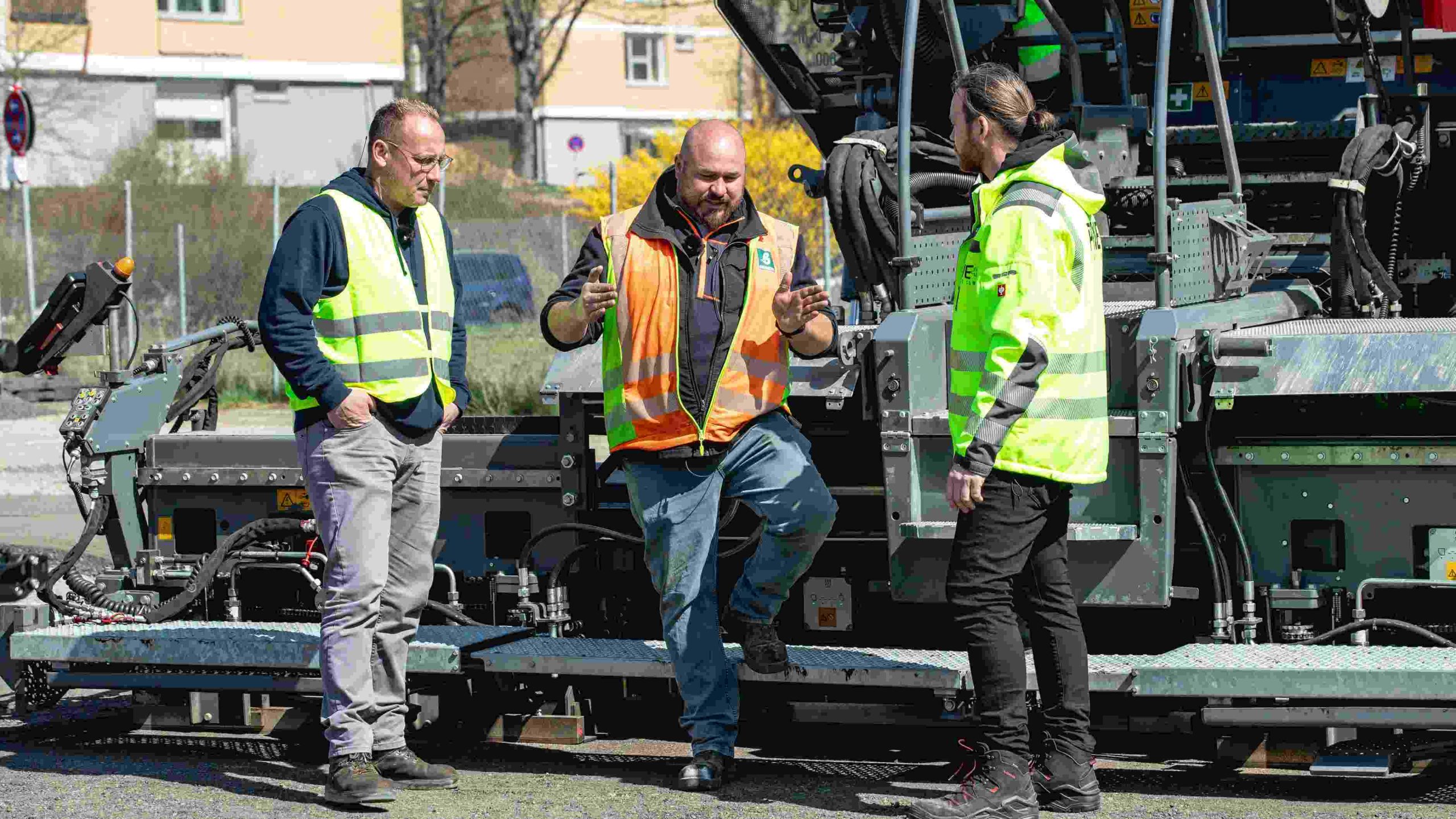
Asphalt construction for advanced users
This training course is aimed specifically at advanced users who already have experience in asphalt construction. Based on the tried-and-tested SuperSiteSkills concept, this course also combines in-depth theoretical knowledge with practical demonstration of specialised skills.
Firstly, you will learn everything you need to know about the initial testing of asphalt mixtures in the laboratory and the test methods for asphalt and bitumen during production and paving. You will then accompany trainee Chris Bollinger to the construction site, where our experienced specialists Holger Nopirakowski and Michael Digel will instruct him in asphalting roundabouts and pavements.Our experts explain the machines and special features of the entire paving process from preparation to cleaning, give valuable practical tips and point out typical mistakes. Thanks to varied learning objective checks and review questions, you can check whether you have memorised all the content during the training course.
-
Test methods for bitumen and asphalt
From production to application on the construction site
-
Compacting a roundabout with a roller
What sources of error should I be aware of?

21 chapter videos
(Theory and Practical Parts)

Ideal for site managers and employees in asphalt, road or civil engineering with prior knowledge

Available in German, English, Polish and Portuguese*

Total Duration:
approx. 3:16 hours

*Coming soon in the following languages:

French

Italian
Please note
Our training courses have been translated into various languages with the support of modern AI tools. Despite the utmost care, small translation errors may occasionally creep in.
If you notice anything, please let us know at info@supersiteskills.com.
Thank you for your understanding!
SuperSiteSkills: Your partner for asphalt and road construction
With SuperSiteSkills, your company has a strong partner for training and further education in asphalt construction. Whether renovation or new construction, rolled or mastic asphalt: our training courses cover the entire spectrum of modern road construction. This gives your employees a comprehensive introduction to all relevant asphalt construction services.
The wide range of SuperSiteSkills courses help to ensure the quality of your work. Thanks to comprehensible and clear training courses with a high level of practical relevance, SuperSiteSkills is also the perfect tool for preparing career changers and unskilled labour for their future tasks or for quickly integrating foreign-language colleagues into the team. This is how asphalt construction works today!

 DEUTSCH
DEUTSCH
 TüRKçE
TüRKçE
 Українська
Українська
 Русский
Русский
 Български
Български



